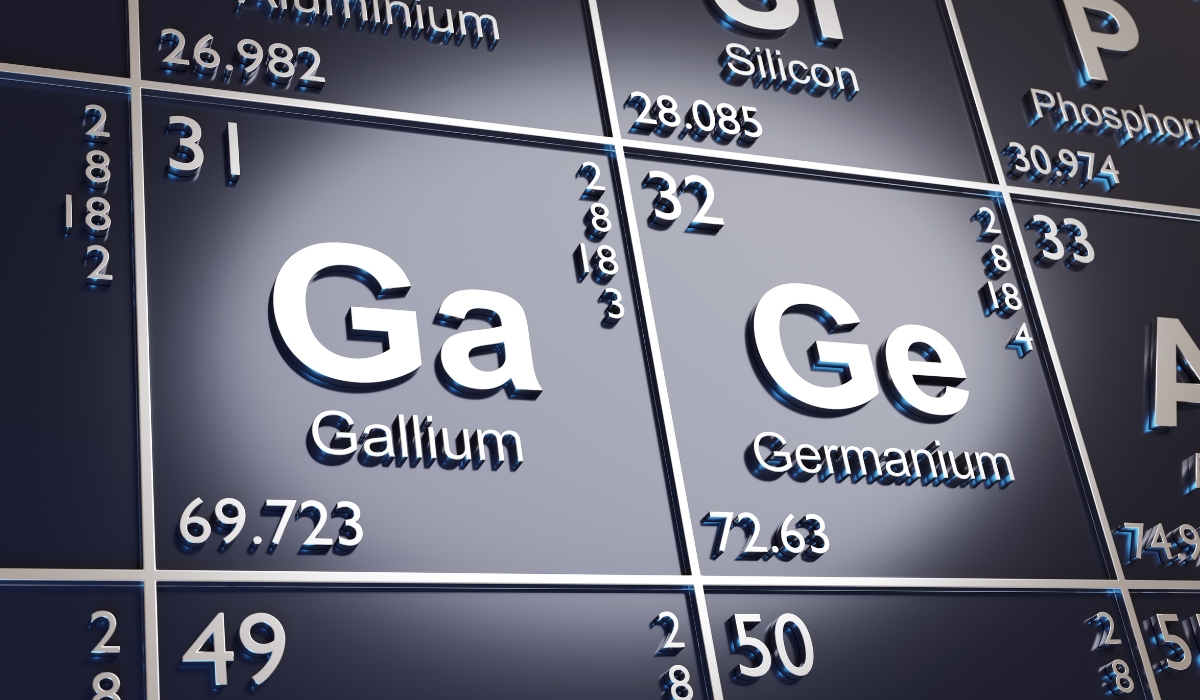China officially restricted the export of critical minerals gallium and germanium to the United States in December 2024, a calculated move to tighten its grip on global supply chains.
In response to Washington’s crackdown on China’s chip sector, this bold move targets U.S. semiconductor and defense industries.
Three months later, the dust is settling—and industries are gearing up to explore alternative sourcing.
A Strategic Chokehold
Gallium and germanium may not grab as many headlines as lithium, but they’re just as crucial to modern technology.
Gallium is a key ingredient in semiconductors, LED production, and high-performance military applications.
Germanium plays a vital role in fiber optics, infrared optics, and solar cells.
With China producing an estimated 90% of the world’s gallium and around 60% of its germanium, its dominance over these minerals has created a supply vacuum, leaving the U.S. scrambling for alternatives.
Since the ban was announced, gallium and germanium prices have skyrocketed, with some reports indicating price increases of over 200% for gallium alone.
Supply chain bottlenecks are worsening as manufacturers scramble to secure alternative sources, leading to delays in semiconductor production and higher costs for industries reliant on these materials.
A New Frontier in Domestic Supply
Faced with this supply crisis, the U.S. government has prioritized domestic production and alternative sourcing.
While the Defense Production Act has been activated to accelerate stockpiling, actual mining operations capable of producing these minerals at scale remain limited.
Several U.S. exploration and mining companies are actively working to secure alternative supply chains. US Critical Materials Corp. has reported the discovery of high-grade gallium-rich deposits in Montana, while ARES Strategic Mining has confirmed gallium and germanium finds at their Lost Sheep Mine in Utah.
These discoveries come at a crucial time as the new administration pushes for critical mineral sovereignty, with a focus on in national defence.
What Comes Next
For now, industries reliant on gallium and germanium are adapting. The semiconductor industry is exploring recycling and efficiency improvements to stretch existing supply.
Meanwhile, new partnerships with allies such as Canada and Australia are being pursued to diversify sourcing, though ramping up production outside of China is no small feat.
The long-term implications of China’s mineral ban are clear: the geopolitical race for resources is intensifying, and the U.S. is looking to secure critical mineral supply chains. Whether through domestic production or international alliances, breaking China’s near-monopoly is now a strategic imperative.
Investors will closely monitor how the U.S. navigates this new era of resource competition, looking for opportunities in domestic suppliers with strong upside potential.

